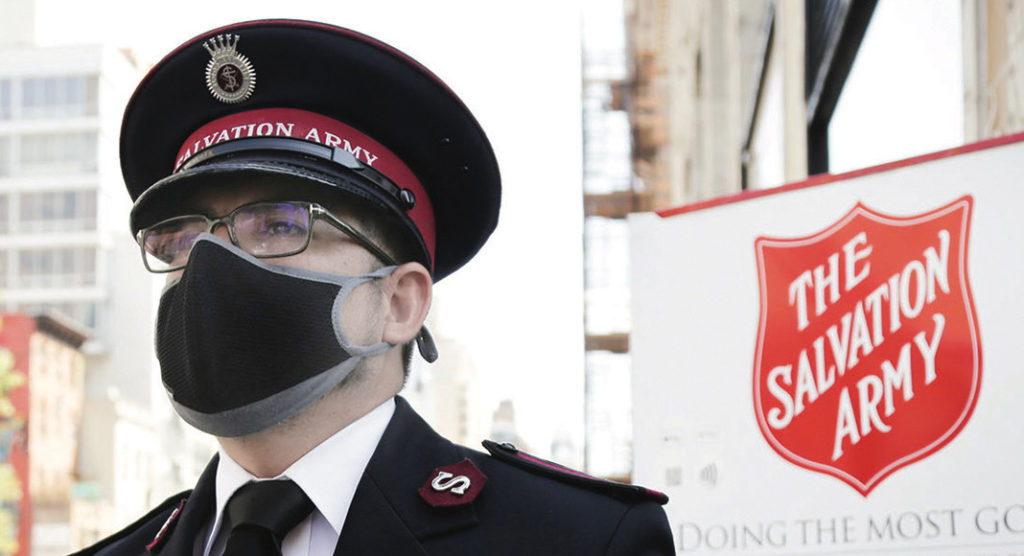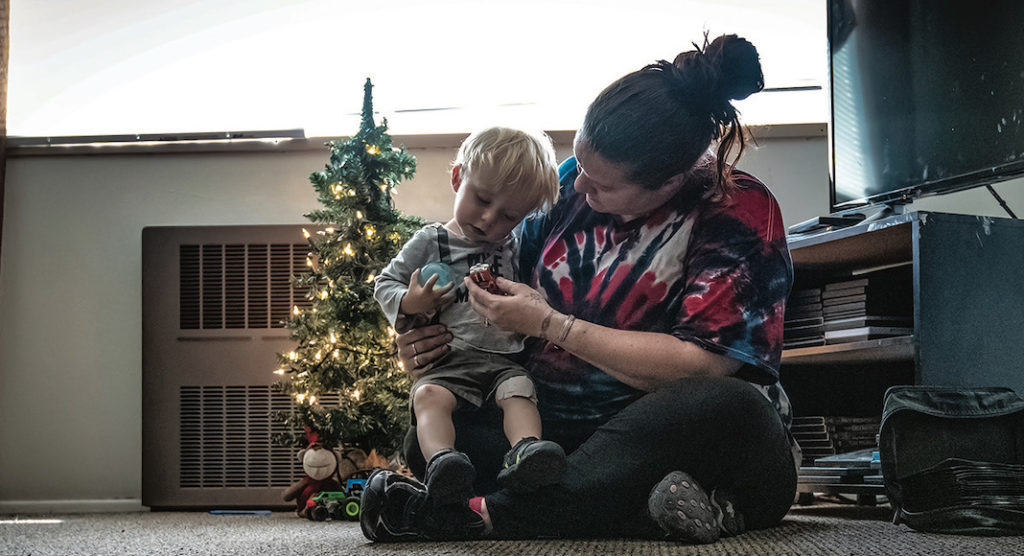
Mega Doctor News
(Family Features) Nearly half of low-income Americans reported that they or someone in their household experienced some type of income loss during the pandemic, according to information published by Pew Research Center. Because more people are facing hardship this year due to the impacts of COVID-19, more families in your community will likely be in need of assistance this holiday season and into 2021.
Organizations like The Salvation Army estimate they could serve up to 155% more people with Christmas assistance this year, assuming the resources are available, based on increased services already provided during the pandemic. In order to aid those most vulnerable, nonprofit organizations across the nation need your help.
Consider donating gifts in bulk at Christmastime, or explore other ways to make an impact and serve as a beacon of hope for those in need:
Donate Food – Gathering around a table filled with homemade food is a treasured tradition for many families, but for others it’s a luxury beyond reach. Donating food to your local food pantry or other community organizations can help give the gift of Christmas, ensuring more families are able to come together to enjoy a meal as part of their holiday celebrations.
Volunteer Your Time – Not all gifts require spending money. You can give back by volunteering your time to make the holiday season brighter for families and individuals who need assistance. Organizations in your area often need volunteers for projects like sorting food and necessities for care packages, serving food in soup kitchens or making holiday cards to send to nursing homes.
Another example of how to get involved is through The Salvation Army’s iconic Red Kettle Campaign. Protocols are in place to ensure the safety of bell ringers, donors and partners, so enthusiastic bell ringers can join the effort and help raise money this holiday season.

Adopt a Child for the Holidays – Some local organizations work directly with low-income families in the community to identify their children’s specific needs. They gather information on each child in the family, including their special interests, clothing sizes and wishes for holiday gifts. When you adopt a child or family, whether on your own or in partnership with others, you commit to purchasing items on the child’s wish list to ensure they have everything he or she needs to celebrate the season, from food and gifts to clothing essentials.
Give a Recurring Gift – A staple of the holiday season, The Salvation Army’s red kettles raised $126 million last year. That amount could be reduced by up to 50% due to the closing of retail stores, less retail foot traffic, and an increasing unemployment rate, which would significantly limit the organization’s ability to provide needed services to the most vulnerable. Enlisting in Love’s Army with a sustaining monthly gift of $25 can help meet the growing need for assistance at Christmastime and into 2021. Your gift is invested locally, so you can be sure you’re helping rescue Christmas for those in need in your own community.
Another way to give money is by making a charitable gift in a loved one’s name. Many organizations will provide a card acknowledging your one-time or ongoing gift, which you can wrap and give as a gift with a note explaining the thoughtful gesture.
To get involved or find more ways to help, visit rescuechristmas.org.
Most Needed Holiday Items
Every Christmas there are families who don’t exchange gifts because they can’t afford them. However, many communities offer programs that rely on donations to put new clothes and toys under the tree for children and families that usually go without Christmas gifts.
One example is The Salvation Army’s Angel Tree Program, which connects a sponsor with a deserving child (or “Angel”). The trees can be found during the holiday season at retail stores, businesses and other locations throughout many communities. Anonymous donors select a name off of a tree, purchase the items listed on the tag and bring them back to the drop-off location to be donated.
Whether you’re able to adopt a child or simply provide a few items, be on the lookout for these commonly requested items as you tackle your holiday shopping this year:
- Baby necessities like bottles, blankets, diapers and wipes
- Warm weather attire, like winter coats, mittens, hats and scarves
- Books or board games
- Dolls, action figures or other toys that inspire imaginative play
- School and art supplies
- Personal care items like shampoo, soap, deodorant or hair products
- Cleaning supplies
- Laundry detergent and fabric softener
- Gift cards to retail stores
- Pre-paid gas cards
- Restaurant or grocery gift certificates.
#15414
Source: Salvation Army









